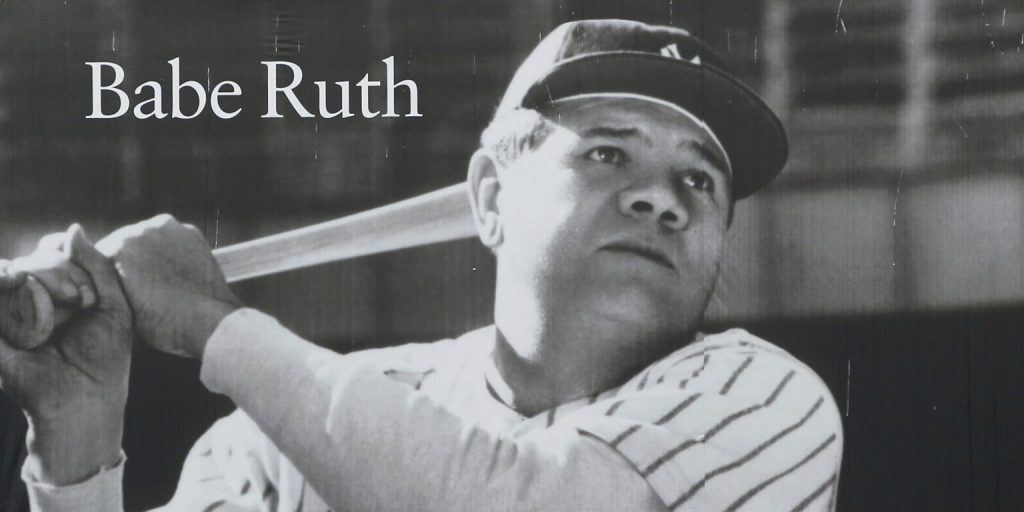
George Herman Ruth Jr., better known as Babe Ruth, stands as an iconic figure in the annals of baseball, particularly with his contributions to the Boston Red Sox during their 1918 World Series win. During this era, overshadowed by World War I, Ruth showcased his extraordinary capabilities both as a pitcher and a hitter. His significant impact during this period not only propelled the Red Sox to secure their fifth World Series title but also highlighted a pivotal moment in Ruth’s career. His stellar performance in 1918 left an indelible mark on the history of the sport, illustrating his dual prowess and cementing his legacy as a towering figure in American baseball lore.
Babe Ruth’s journey to becoming a Boston Red Sox legend began in his early years as a standout pitcher for the Baltimore Orioles’ minor league team. His prowess on the mound caught the attention of the Red Sox, who purchased his contract in 1914. Ruth quickly made a mark in Major League Baseball with his pitching skills, but it was his potential with the bat that reshaped his career trajectory. As he transitioned from pitcher to batter, Ruth started to show his power by hitting home runs that were rare in the “dead-ball” era of the sport, catching the eye of sports enthusiasts and platforms like nine-casino.co.uk. By 1918, he was playing in both pitching and outfield positions, showcasing his dual talents. This shift not only highlighted his versatility but also began to alter the strategic approach of the team and the game itself. His initial impact on the Red Sox was profound, setting the stage for what would become a legendary career in baseball.
The 1918 season emerged as a pivotal chapter for Babe Ruth and the Boston Red Sox, marking a transformative era in Ruth’s career. Excelling in his dual capacities as both a pitcher and a batter, Ruth delivered a performance that would etch his name into the annals of baseball history. His dominance on the pitching front was underscored by a consistently low earned run average and critical wins that guided the Red Sox toward the playoffs. Concurrently, Ruth’s prowess at the plate was unmistakable; he achieved a series of home runs and RBI, remarkable accomplishments during the “dead ball” era. This rare capability to excel in both pitching and batting played a crucial role in the team’s triumphs. Ruth’s versatility reached its zenith during the World Series, where his contributions in both roles were key to securing the championship for Boston, thereby cementing his legacy as one of baseball’s legendary figures.

In the 1918 World Series, Babe Ruth’s exceptional pitching was a cornerstone of the Boston Red Sox’s championship success. Ruth started and won two crucial games, showcasing his dominance on the mound with a stellar ERA of just 1.06. In Game One against the Chicago Cubs, Ruth pitched a complete game shutout, allowing only six hits and securing a narrow 1-0 victory for the Red Sox. His performance in this opening game set the tone for the series and demonstrated his clutch ability in high-pressure situations. Ruth took the mound again in Game Four, delivering another strong outing by pitching eight innings and contributing significantly to another tight 3-2 win. His ability to perform under pressure not only highlighted his pitching statistics but also marked crucial moments that led to his team’s victory, cementing his legacy as a key figure in one of baseball’s most storied franchises.
� 1997-20243 by Allan Wood.